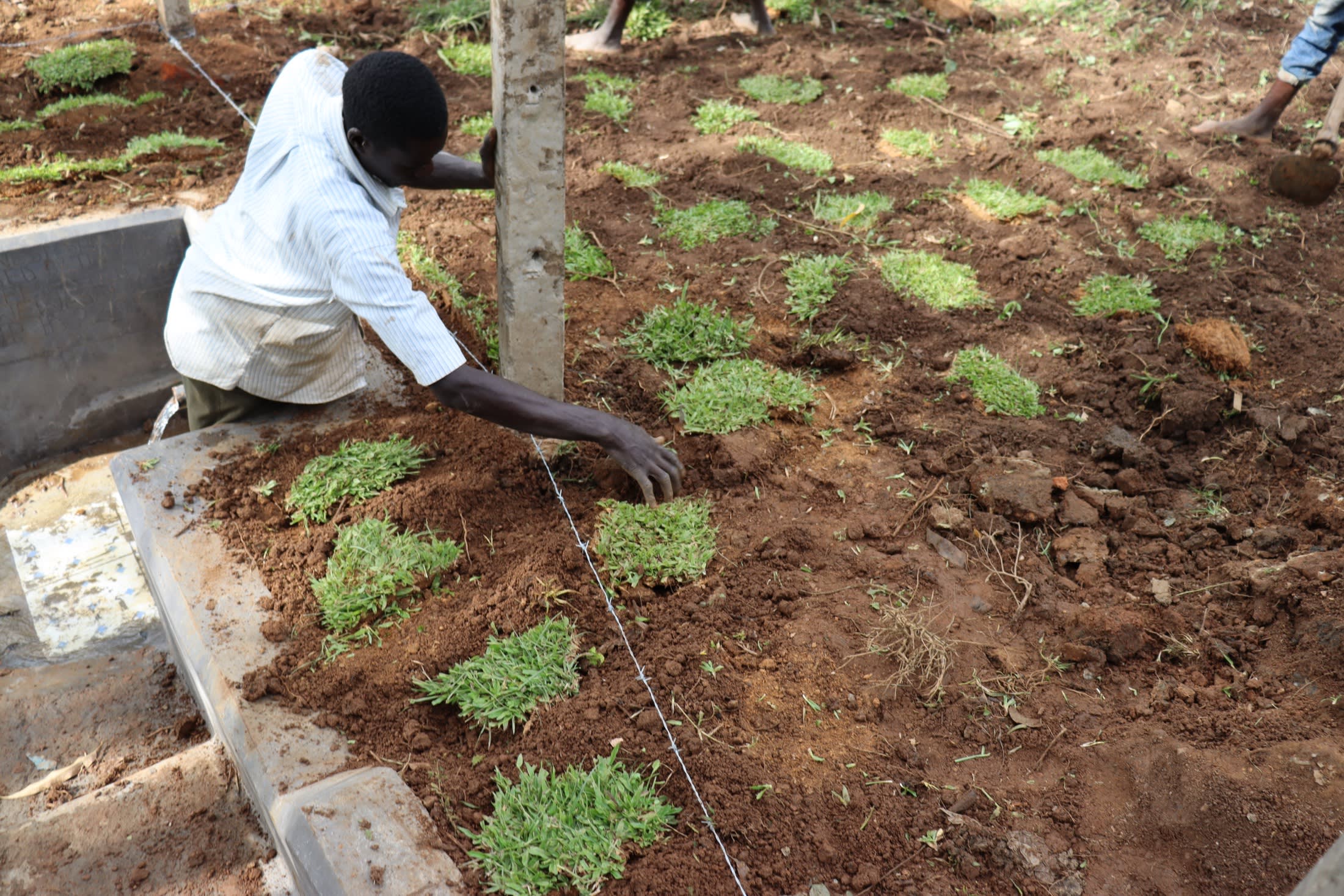The spring used by Makhwabuye Community's 210 members was protected in 1987. Although community members have made many repairs over the years, the structure is no longer cleaning the water. The stairs that once helped people access the discharge pipe have eroded to the point of being useless. And because of the spring's state of disrepair, the people who fetch water from it are constantly sick.
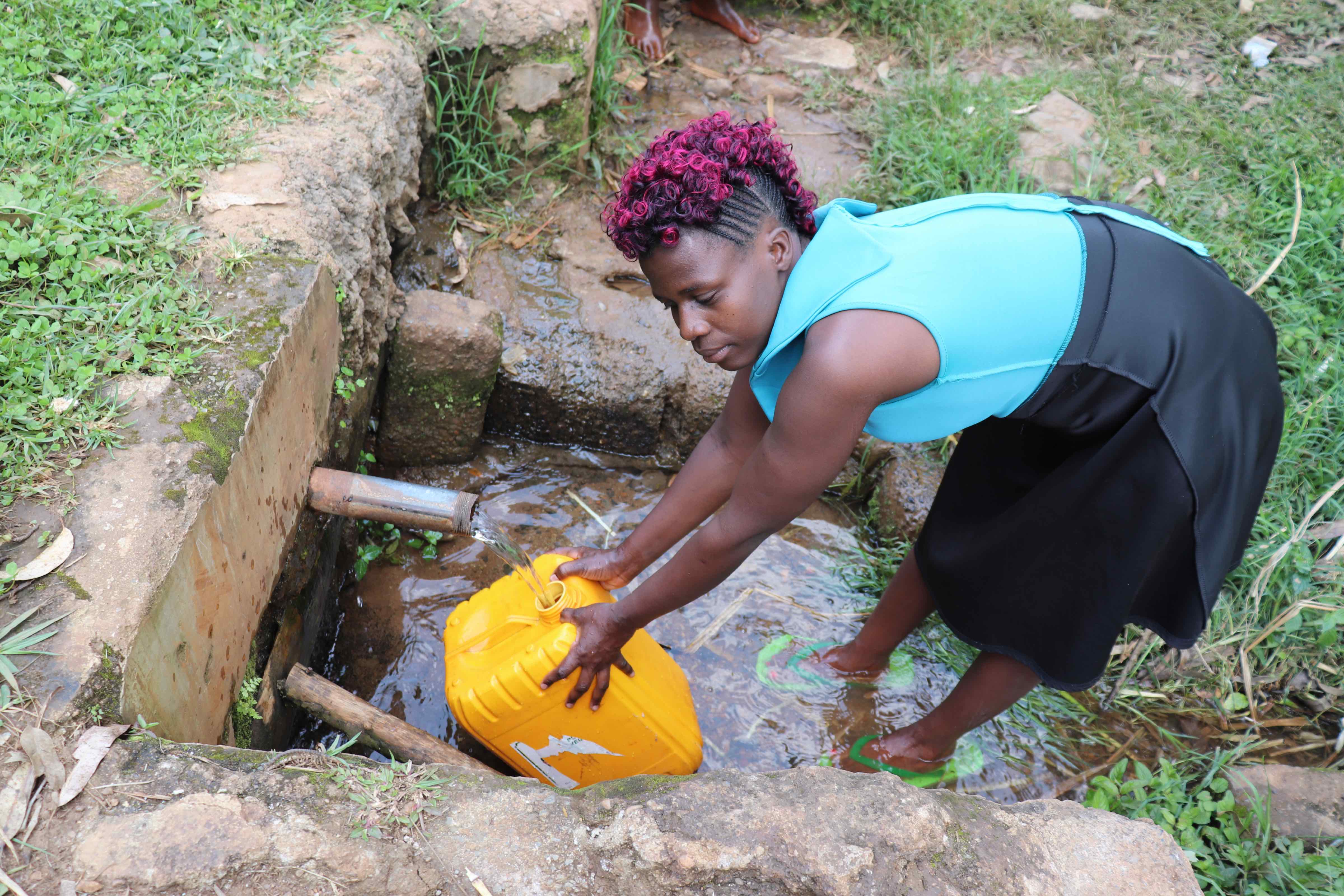
Esther Mbaluka, a local housewife (pictured below with her daughter), shared her experiences with the spring. "Personally, I have been affected by the quality of water. I have had several visits to the hospital because of diarrhea and fevers. On diagnosis, it's identified as typhoid."
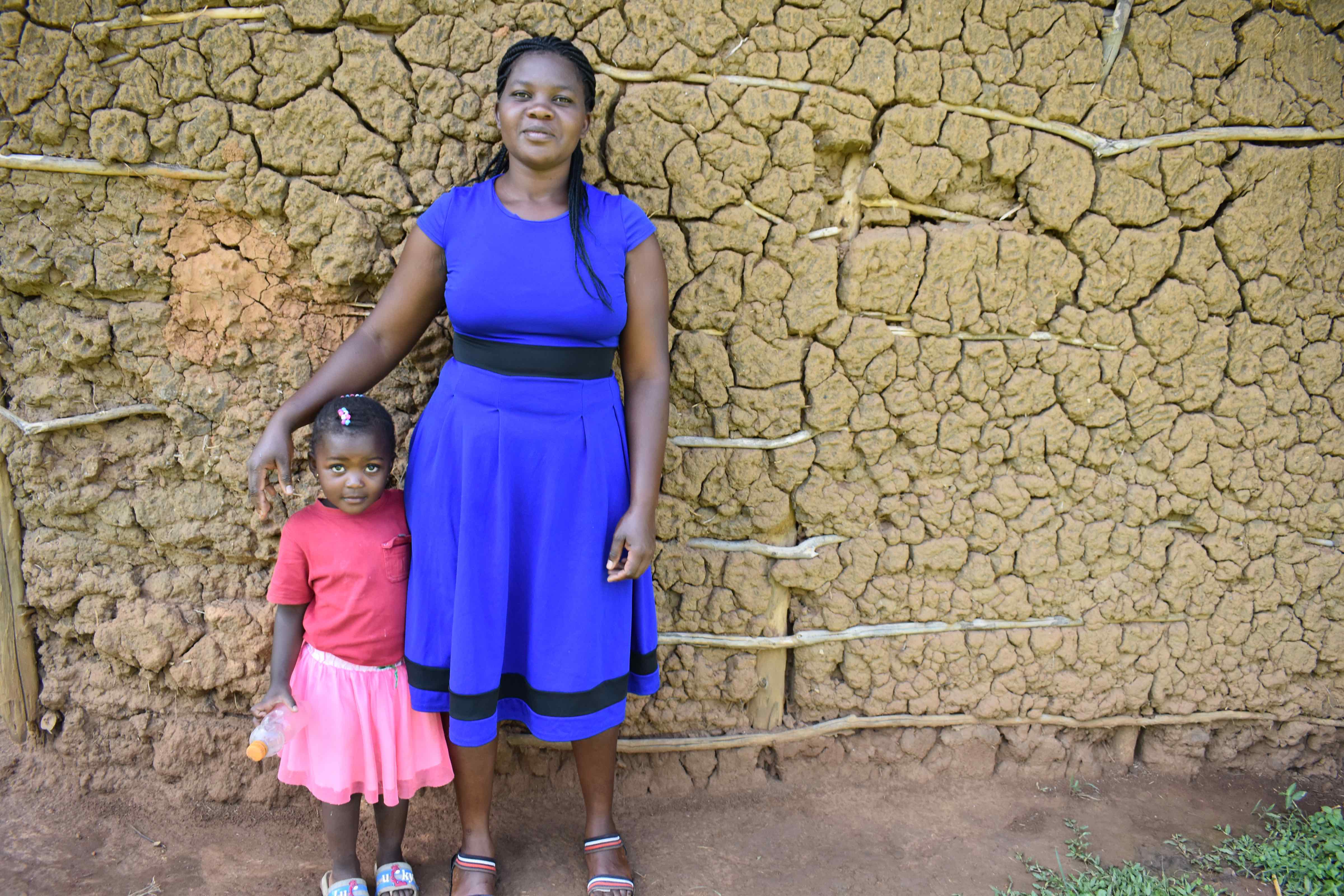
"Most of the time, I have been absent from school because of stomach pains," said 10-year-old student Titus M. "It has made me walk to school daily with medicine in [my] bag."
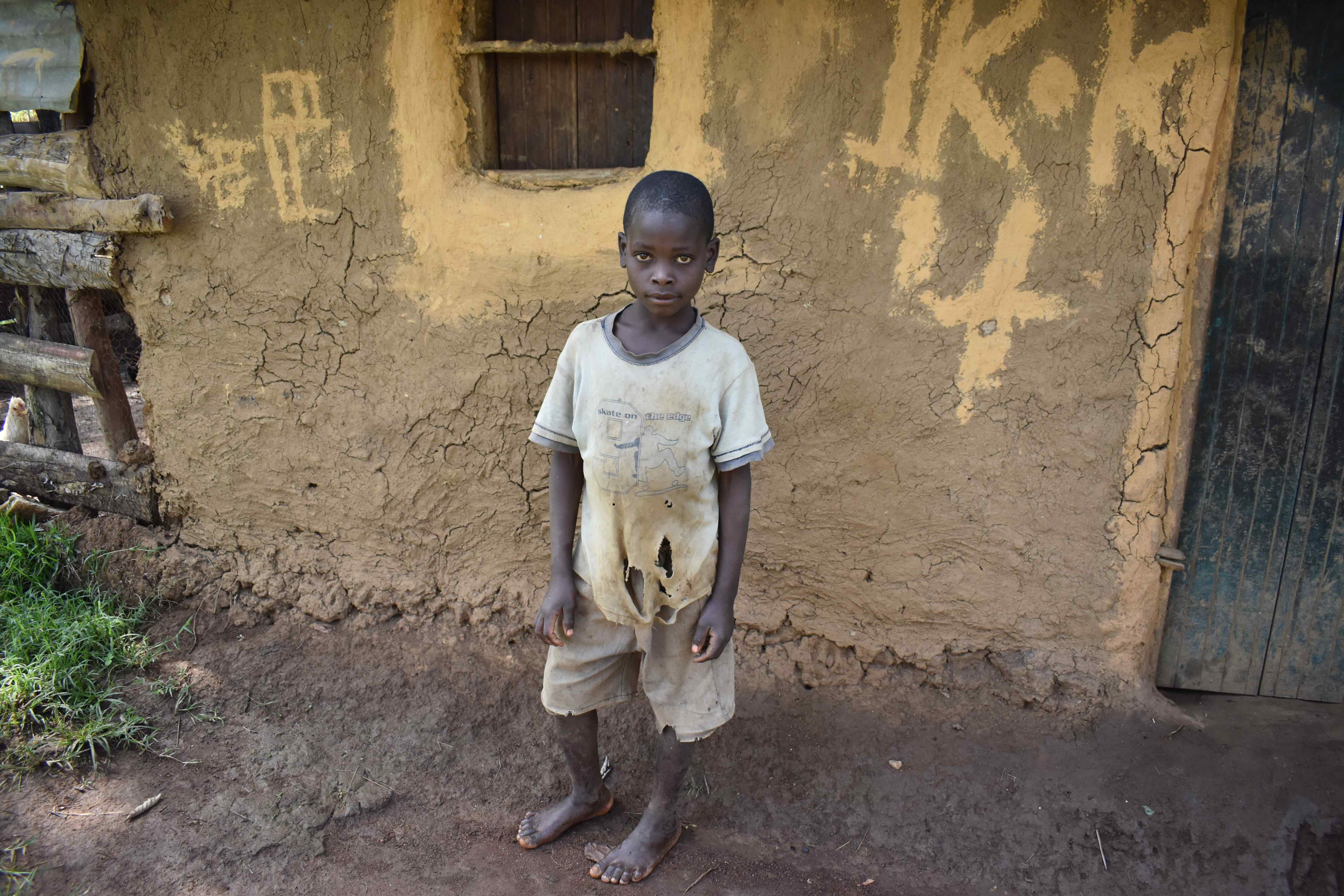 Unfortunately, medicine isn't something the people of Makhwabuye can easily afford. Most of the people earn a living by farming. However, the community is on the edge of a vast reservation called Malava Rainforest occupied by monkeys, renowned for their mischief. Even with fencing, villagers often find their crops stolen or destroyed by their pesky neighbors.
Unfortunately, medicine isn't something the people of Makhwabuye can easily afford. Most of the people earn a living by farming. However, the community is on the edge of a vast reservation called Malava Rainforest occupied by monkeys, renowned for their mischief. Even with fencing, villagers often find their crops stolen or destroyed by their pesky neighbors.
If the sicknesses caused by the contaminated water weren't enough, some community members also experience problems navigating the slippery, rocky route from the village to the spring. The villagers cross several streams to reach what they hope is the safest water, only to get sick anyway.
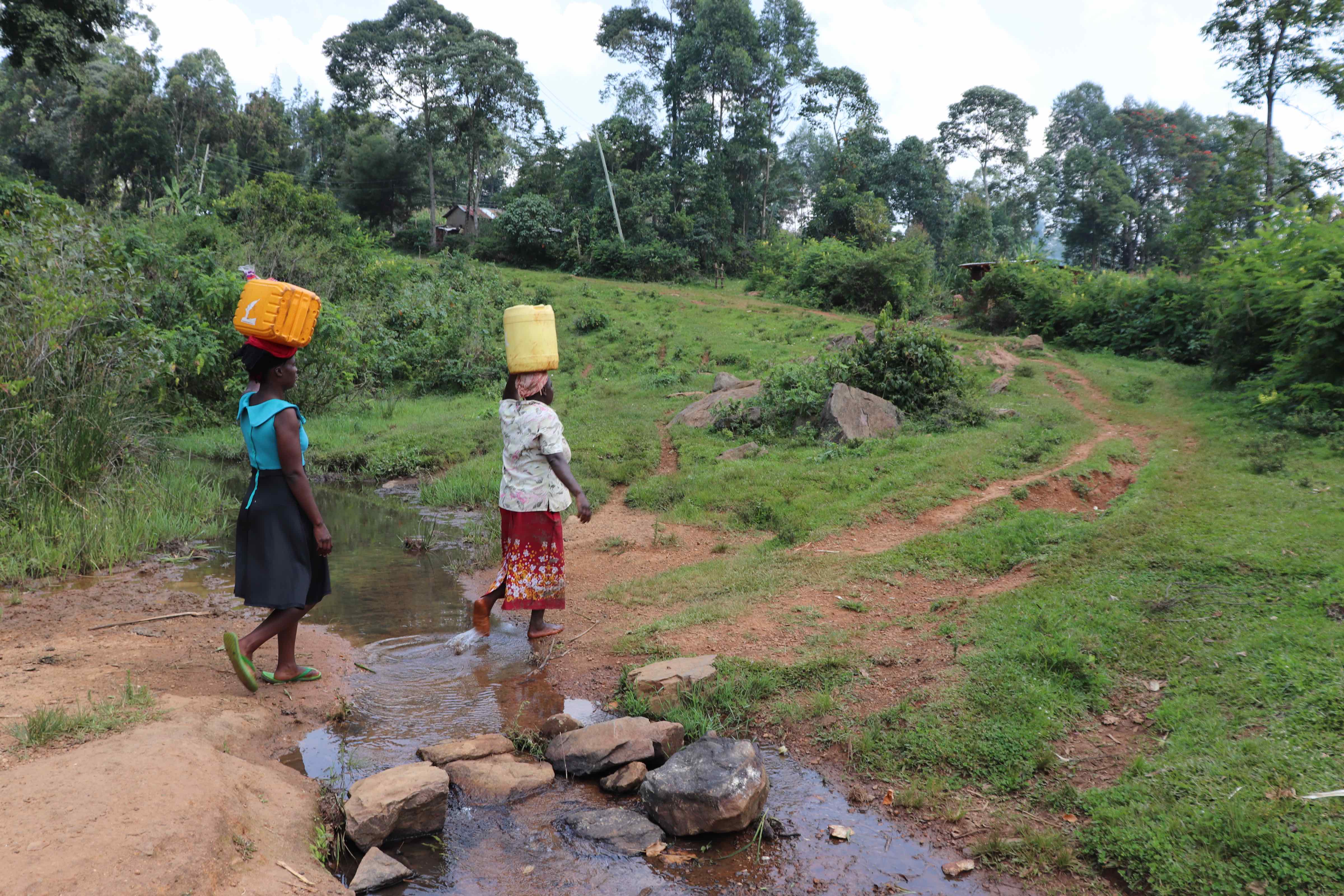
Constantly suffering from debilitating illnesses leaves the community members without the energy to farm for their food, let alone develop ideas to better their lives. When children miss school due to illness, it's not just harmful to their bodies. It's detrimental to their futures, too.
"I am glad that we have people who have come to our rescue and I believe we shall be helped," Esther concluded.
What We Can Do:
Spring Protection
Protecting the spring will help provide access to cleaner and safer water and reduce people's time to fetch it. Construction will keep surface runoff and other contaminants out of the water. With the community's high involvement in the process, there should be a good sense of responsibility and ownership for the new clean water source.
Fetching water is a task predominantly carried out by women and young girls. Therefore, protecting the spring and offering training and support will help empower the female members of the community by freeing up more of their time and energy to engage and invest in income-generating activities and their education.
Training on Health, Hygiene, COVID-19, and More
To hold training during the pandemic, we work closely with both community leaders and the local government to approve small groups to attend training. We ask community leaders to invite a select yet representative group of people to attend training who will then act as ambassadors to the rest of the community to share what they learn. We also communicate our expectations of physical distancing and wearing masks for all who choose to attend.
The training will focus on improved hygiene, health, and sanitation habits in this community. We will also have a dedicated session on COVID-19 symptoms, transmission routes, and prevention best practices.
With the community's input, we will identify key leverage points to alter their practices at the personal, household, and community levels to affect change. This training will help ensure participants have the knowledge they need about healthy practices and the importance of making the most of their water point as soon as the water is flowing.
Our team of facilitators will use a variety of methods to train community members. Some of these methods include participatory hygiene and sanitation transformation, asset-based community development, group discussions, handouts, and demonstrations at the spring.
One of the most important issues we plan to cover is the handling, storage, and treatment of water. Having a clean water source will be extremely helpful, but it is useless if water gets contaminated by the time it is consumed. The community and we strongly believe that all of these components will work together to improve living standards here, which will help to unlock the potential for these community members to live better, healthier lives.
We will then conduct a small series of follow-up training before transitioning to our regularly scheduled support visits throughout the year.
Training will result in forming a water user committee, elected by their peers, that will oversee the operations and maintenance of the spring. The committee will enforce proper behavior around the spring and delegate tasks that will help preserve the site, such as building a fence and digging proper drainage channels. The fence will keep out destructive animals and unwanted waste, and the drainage will keep the area's mosquito population at a minimum.

 Protected Spring
Protected Spring
 Rehabilitation Project
Rehabilitation Project



















